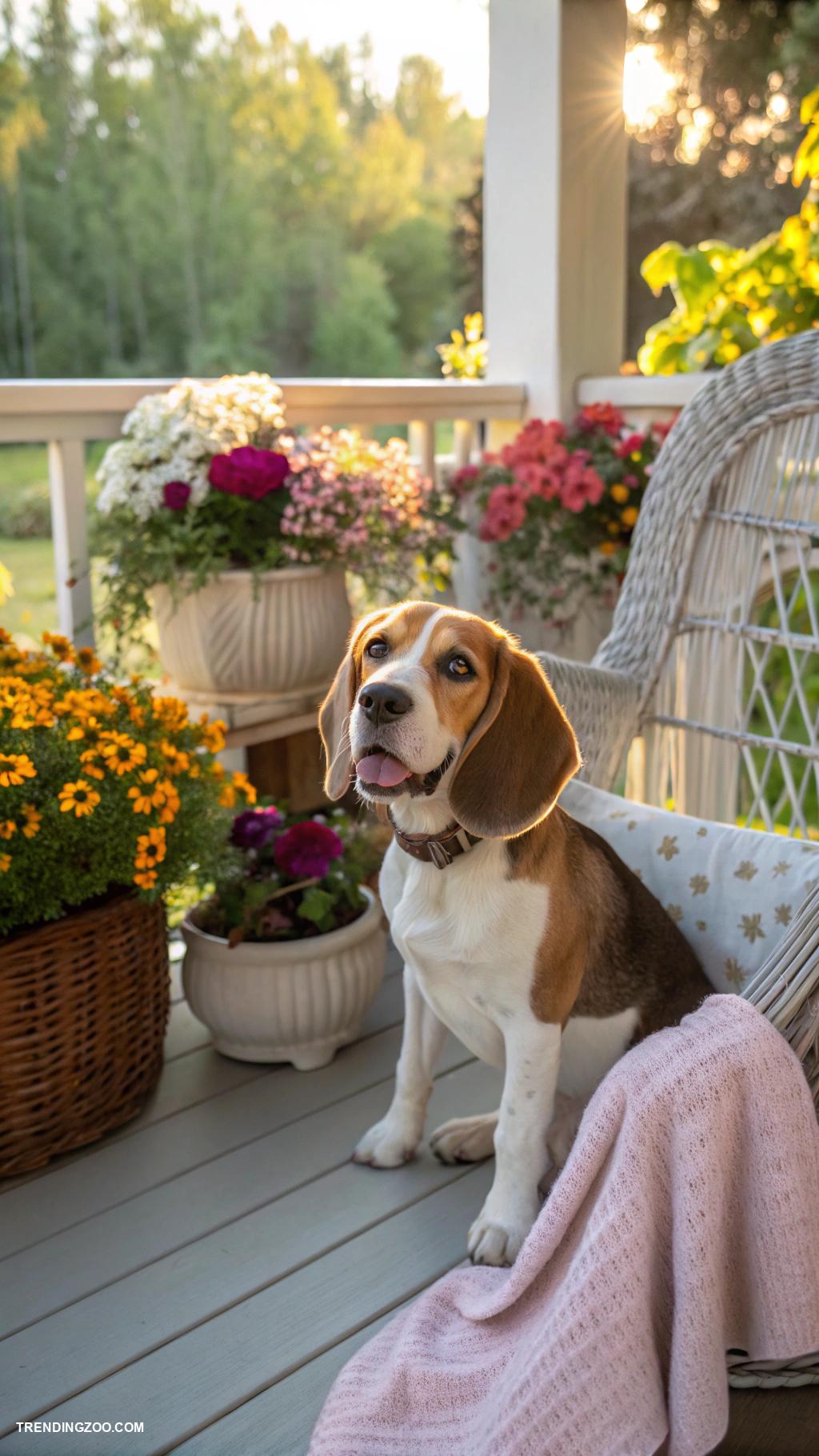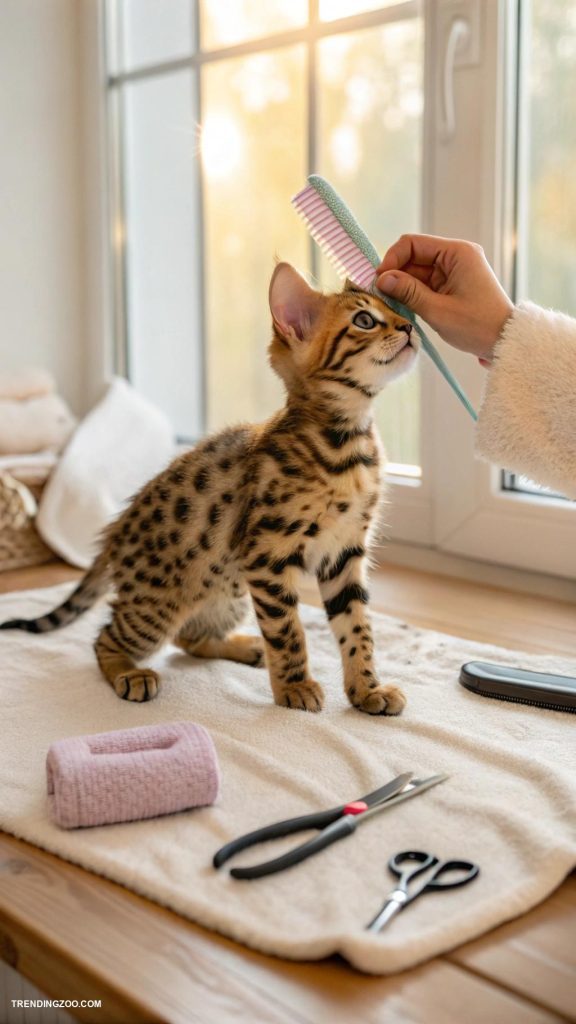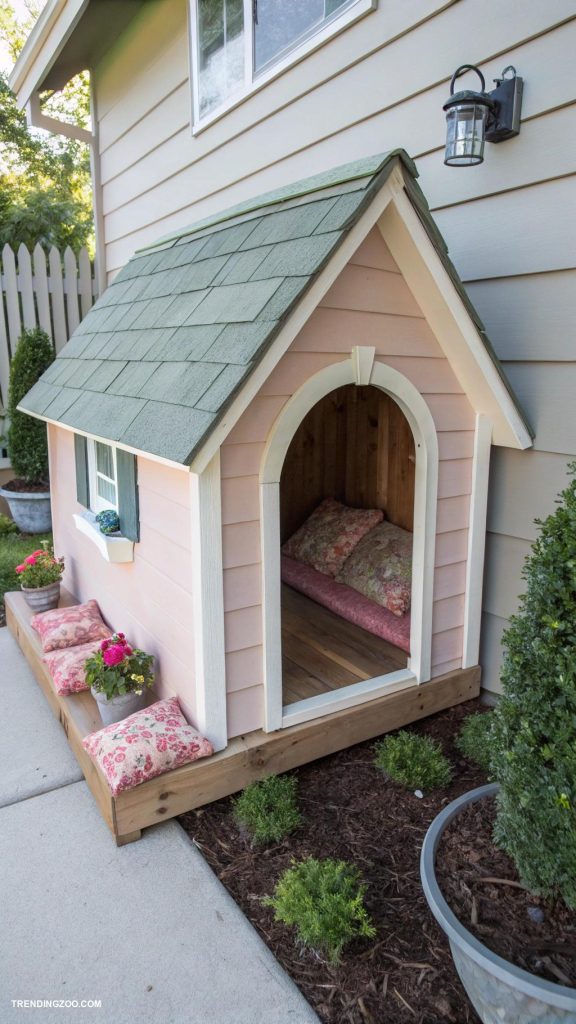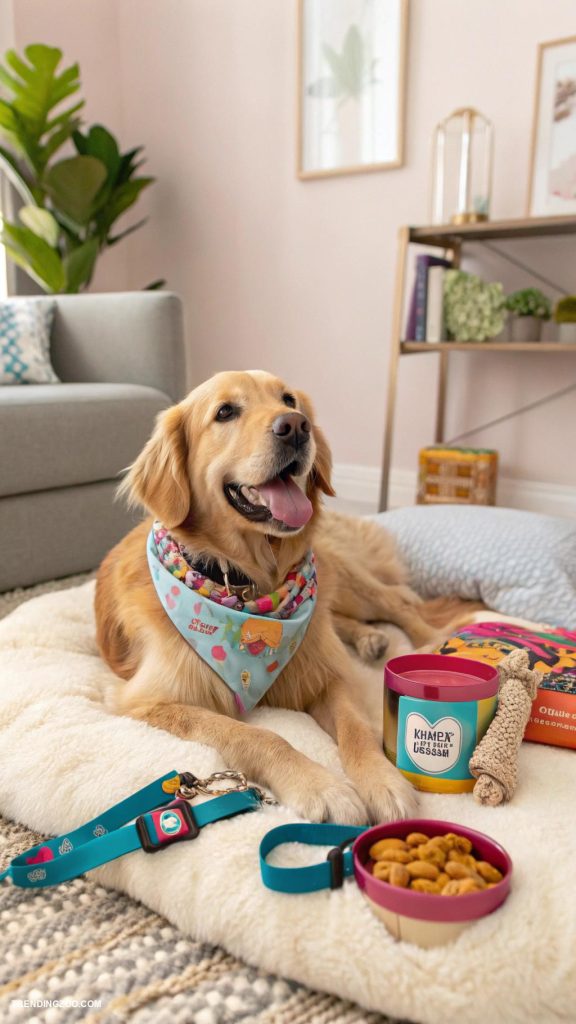Meet the beagle, a small but mighty breed that has captured the hearts of many pet owners around the world. With their big brown eyes, floppy ears, and adorable wrinkles, it’s no wonder why these little dogs are often referred to as “cute overload”. But the beagle’s charm goes far beyond their physical appearance – their friendly, curious, and energetic personalities make them a joy to be around.
Whether you’re a seasoned dog owner or a first-time pet parent, the beagle is a breed that is sure to bring laughter, love, and adventure into your life. In this article, we’ll delve into the world of beagles, exploring their history, temperament, and needs, as well as sharing some valuable tips for caring for these lovable hounds.
History and Origins of the Beagle
The Beagle has a rich and fascinating history that spans over 400 years. Originating in England in the early 15th century, the Beagle was bred as a small hunting dog, specifically designed to track and hunt small game such as rabbits, hares, and foxes. The breed is believed to have descended from the Talbot, a medieval hunting dog, and was later developed by crossing it with other small hounds, including the Harrier and the Foxhound.
The name “Beagle” is thought to have come from the French word “beugler,” meaning “to bellow,” which refers to the breed’s distinctive baying howl. Over the centuries, the Beagle was refined and bred for its unique characteristics, such as its small size, friendly temperament, and keen sense of smell.
By the 18th century, the Beagle had become a popular breed among British aristocrats, who prized them for their hunting prowess and affectionate nature. Today, the Beagle remains a beloved breed around the world, cherished for its loyal companionship and its ability to adapt to a wide range of living situations.
Size and Physical Characteristics of Beagles
The Beagle breed is a small to medium-sized hound dog known for its distinctive physical characteristics. Adult Beagles typically weigh between 18 and 30 pounds and stand between 10 and 15 inches tall at the shoulder.
Their compact size makes them well-suited for families with small living spaces or for those who enjoy hiking and outdoor activities with their pets. Beagles have a sturdy, muscular build with a curved tail that is often carried high, giving them a friendly and alert appearance. Their short, smooth coats come in a variety of colors including tri-color, lemon, and red, and can be either smooth or wire-haired.
One of the most distinctive physical characteristics of the Beagle breed is their large, brown eyes, which are often described as “sad” or “expressive” due to their ability to convey a range of emotions. The Beagle’s physical characteristics make them a charming and endearing companion animal.
Beagle Temperament and Personality Traits
Beagles are known for their friendly, curious, and energetic personalities, which make them a joy to be around. They are social animals that thrive on human interaction and love to be part of the family. Their temperament is generally even-tempered, meaning they are not easily upset or aggressive, and they are often described as “velcro dogs” because they love to be close to their owners.
Beagles are also known for their big ears and big eyes, which give them an endearing and innocent look, but don’t let that fool you – they are intelligent and can be stubborn at times. With proper training and socialization, beagles can learn to obey commands and behave well in public, but they can be prone to barking and howling if they don’t receive enough mental and physical stimulation.
Beagles are a loving and loyal breed that make great companions for families with children, singles, and seniors alike.
Training and Socialization Tips
As a responsible beagle owner, providing proper training and socialization is crucial for your furry friend’s development and well-being. From an early age, beagles are naturally curious and energetic, making them prone to getting into mischief if not given adequate guidance. A well-structured training program should focus on positive reinforcement techniques, such as rewarding good behavior with treats and praise, rather than punishment.
Start with basic obedience commands like “sit,” “stay,” and “come,” and gradually move on to more complex tasks like walking on a leash and ignoring distractions. Beagles are highly social animals and thrive on interaction, so it’s essential to expose them to various environments, people, and other animals from an early age. This can be achieved by taking them on regular walks, visiting dog parks, and hosting playdates with other beagles or friendly breeds.
Additionally, consider enrolling your beagle in puppy socialization classes, which provide a structured setting for them to interact with other puppies and learn essential social skills. By investing time and effort into training and socialization, you’ll be laying the foundation for a well-behaved, confident, and loving companion that will bring joy and companionship to your life.
Health Considerations and Common Beagle Issues
As a beloved breed, Beagles have a relatively low maintenance health profile, but like all living creatures, they are not immune to certain health considerations and common issues.
One of the most significant concerns is obesity, which can lead to problems including joint issues, diabetes, and heart disease. Beagles are prone to overeating, especially if they are not receiving enough exercise or mental stimulation, so it’s essential to monitor their food intake and ensure they are getting regular physical activity.
Another common issue is eye problems, including cherry eye and progressive retinal atrophy, which can cause vision loss and even blindness. Regular eye exams are crucial to detect these issues early on and prevent further complications.
Beagles are also prone to ear infections and allergies, which can cause skin irritation and itching. Regular grooming and cleaning of the ears, as well as a balanced diet, can help alleviate these issues.
With proper care and attention, however, many Beagles can live long, healthy lives, typically ranging from 12 to 15 years.
Exercise Requirements and Activity Levels
As a responsible beagle owner, it’s essential to provide your furry friend with regular exercise to keep them physically and mentally stimulated. Beagles are a relatively small breed, but they have a big appetite for activity.
According to the American Kennel Club, beagles require at least 30 minutes of exercise per day, which can be divided into two or three shorter sessions. This can include a combination of walks, runs, and playtime in the backyard or a securely fenced area. Beagles are natural hunters and love to sniff and explore, so incorporating activities that stimulate their sense of smell, such as scent work or agility training, can be particularly rewarding.
As beagles age, their exercise needs may change, and it’s essential to adjust their activity level accordingly. Puppies, for example, need plenty of gentle exercise to burn off excess energy, while older beagles may require shorter, more gentle walks to avoid putting too much strain on their joints.
Regardless of age, beagles thrive on consistency and routine, so establishing a regular exercise schedule and sticking to it is crucial for their overall health and happiness.
Beagle Grooming Needs and Maintenance
As a responsible beagle owner, it’s essential to understand the grooming needs of your furry friend. Beagles have a short, smooth coat that requires minimal maintenance, but regular grooming is still crucial to keep them clean and healthy.
Daily brushing is recommended to remove dirt and loose hair, and to distribute skin oils that help keep their coat shiny and healthy. You should also clean their ears weekly to prevent wax buildup and potential infections. T
rimming their nails every 6-8 weeks is also necessary to prevent overgrowth, which can cause discomfort and health issues. Bathing is only necessary every 2-3 months, unless they get into something messy, and be sure to use a mild dog shampoo to avoid irritating their skin.
In addition to these tasks, regular dental care is also vital to prevent tartar buildup and promote good oral health. This can be achieved through regular brushing with a dog-specific toothbrush and toothpaste, as well as providing dental chews and toys to help keep their teeth clean.
By following these simple grooming and maintenance tips, you’ll be able to keep your beagle looking and feeling their best!







